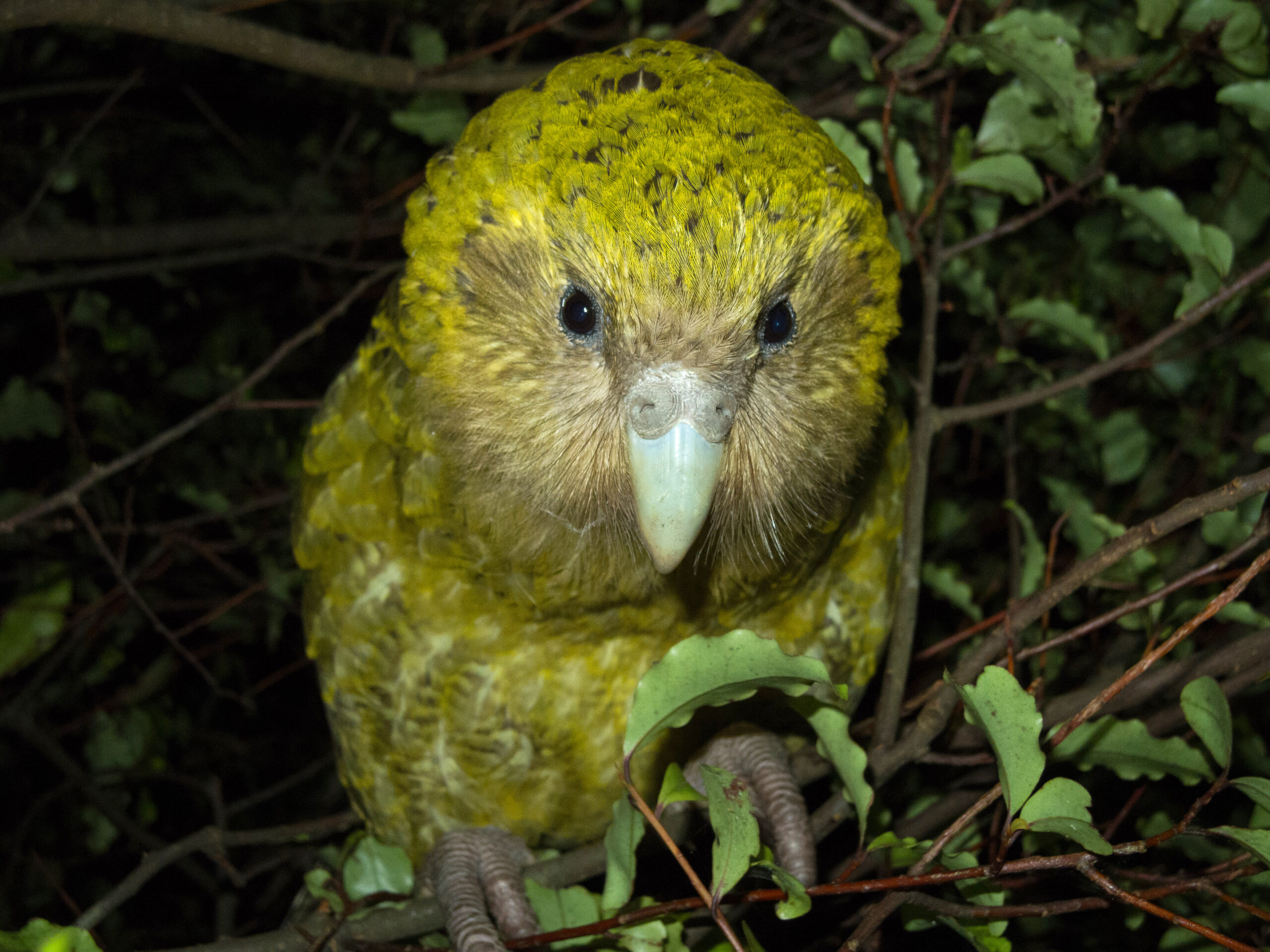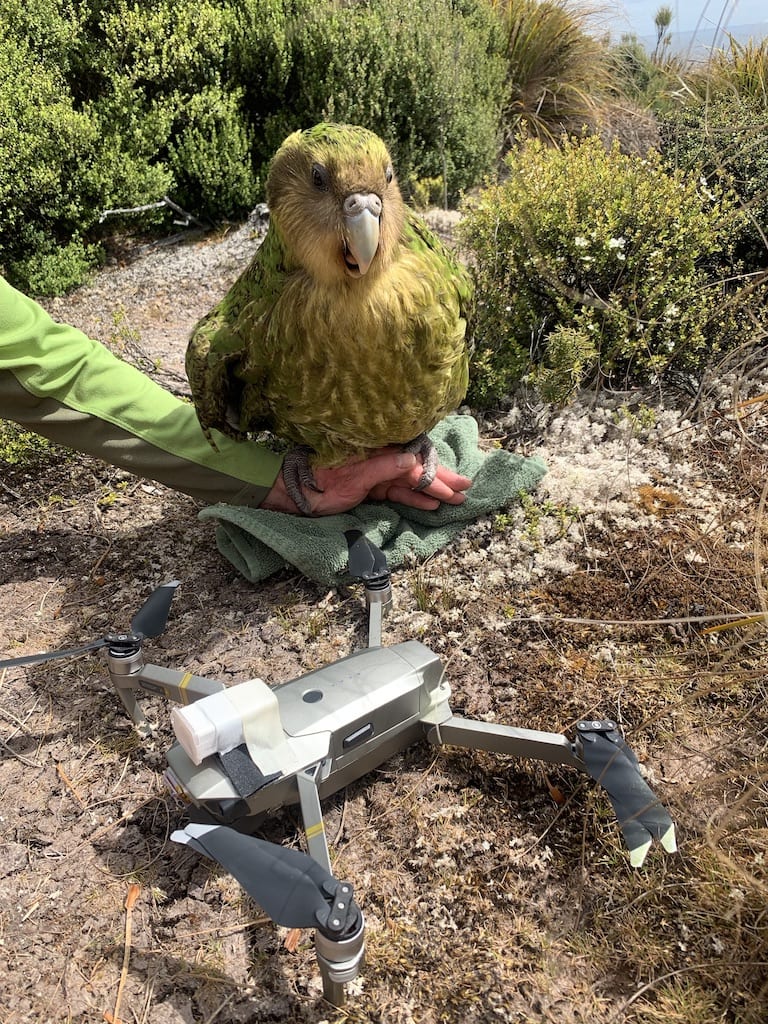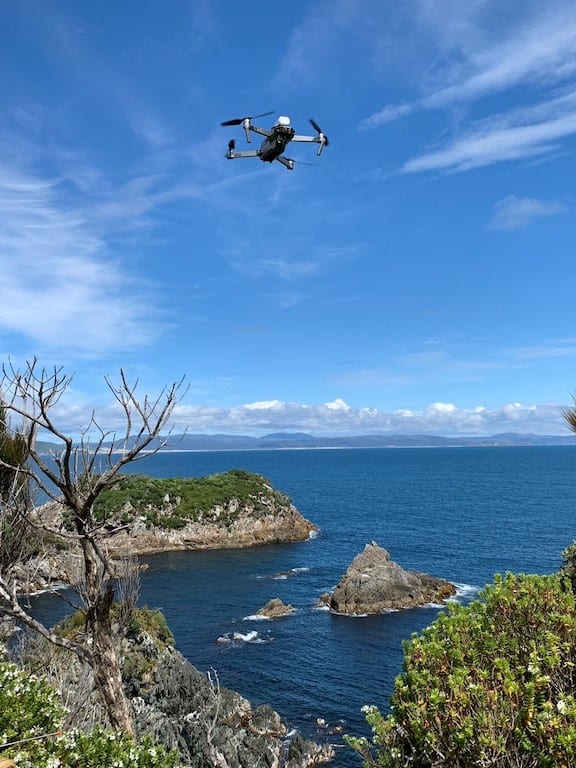
Insights
Using drones to transport Kakapo sperm
As the world’s only nocturnal and flightless parrot, the critically endangered Kakapo is often referred to as a true avian oddity.
But to the people who work tirelessly to save them from extinction, the Kakapo is more than just a novel bird. With roughly 200 kakapo left in the world, each individual is tagged and given a name. To keep them safe from invasive predators, they all live on just five island strongholds off the coast of mainland New Zealand.
Boosting the Kakapo population
Scientists in New Zealand have been trying for more than a decade to boost the Kakapo population through artificial insemination, but only twice has it proved successful in the birds’ natural habitat.
The second of those came just last year, and NZ Department of Conservation adviser Dr Andrew Digby explains why drones could be crucial to future efforts.
“We often will collect sperm from one or two or even three males on one side of an island and the female we want to inseminate is on the other side of the island,” he said.
“It may take an hour and a half or more to travel between them, so we thought about using drones. We found that we could fly some of those routes in about five to eight minutes. It was basically a way of just getting the sperm from the male to the female as quickly as possible.”
Research has shown that having a variety of mates improves a female’s fertility rates, and scientists are keen to try and get older birds which haven’t yet produced offspring to breed – hence the need for artificial insemination. Not only that, but the faster sperm is impregnated in the females, the greater the chances of conception. So the successful trial of drones to transfer the sperm is an exciting development.
“So far we only used it [the drone transfer] for one insemination. We only did about 13 inseminations overall last breeding season which doesn’t sound like very much, but it’s actually an awful lot of work,” said Dr Digby. “Using the drone is definitely something that we’re looking at doing again in our coming breeding season.”
Technology in conservation
“I am really keen on using technology as much as we can in conservation. I think sometimes conservation lags behind other fields a little in the availability of technology. But there are heaps and heaps of ways that we can use it.”
Dr Digby and his team have previously used Wildlife Drones’ radio-tracking technology in a trial to track and monitor Kakapo. You can read more about the project here.



